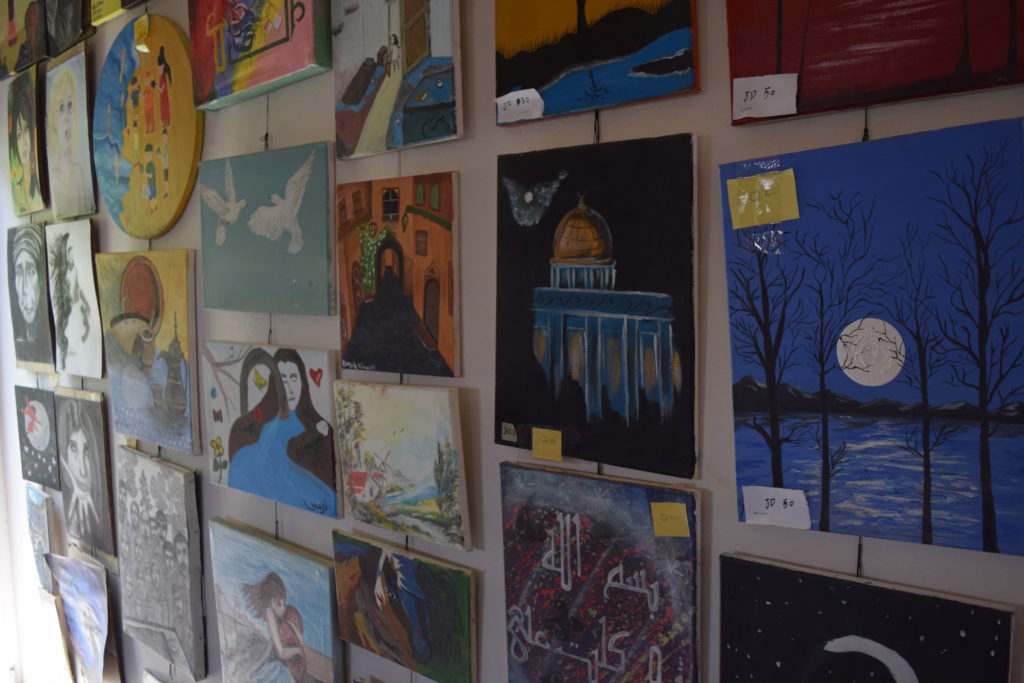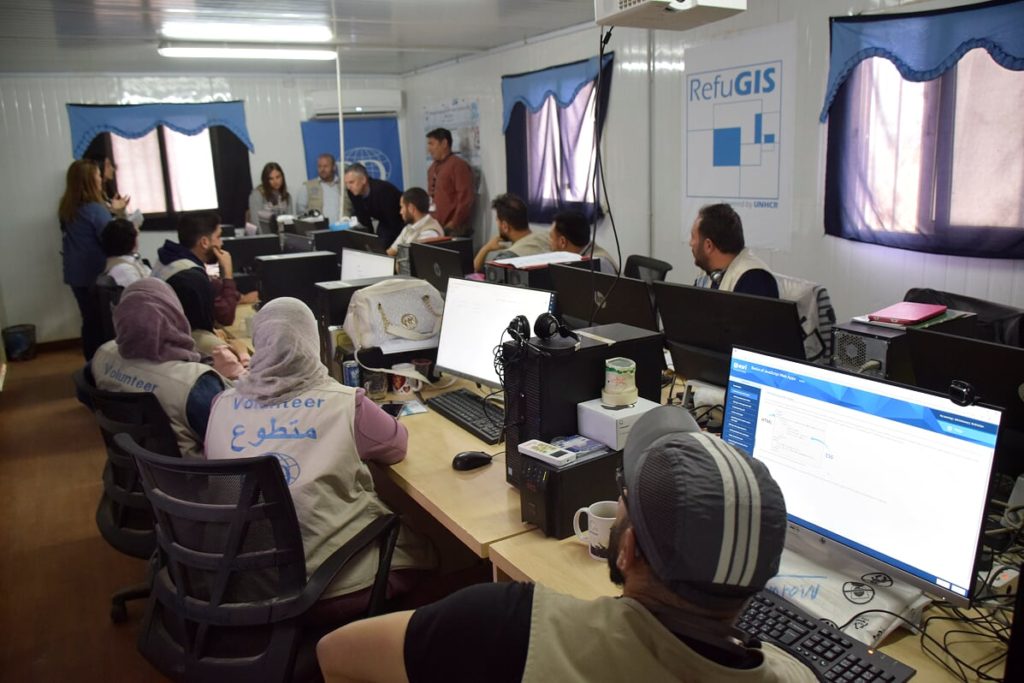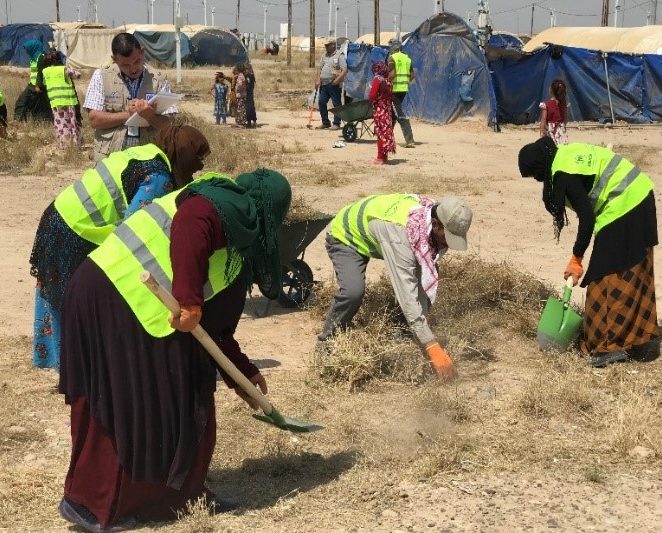When people are displaced from their homes, they are also displaced from their careers, livelihoods, and education.
In camps for refugees and internally displaced people (IDPs) and in non-camp communities where displaced people may settle, Blumont works with partners and the displaced communities to develop programs that help maintain and build skills, relationships, and new opportunities. These activities help to create important connections to their lives before displacement, and to the communities people now live in.
Examples of these efforts reflect Blumont’s approach to tailor programs and activities to meet the unique and varied needs of each population:
- The Za’atari Camp in Jordan is home to approximately 79,000 refugees from the ongoing conflict in Syria. Blumont’s “Made in Za’atari” program supports artisans and craftspeople, many of whom are carrying on traditions brought from Syria. Made in Za’atari helps women and men showcase their work while also establishing market opportunities that allow people to establish a new source of household income. Paintings, sculptures, jewelry, handmade soaps, and other creations reflect refugees’ lives before displacement, while also telling the story of where people are now.

- In Yemen, Blumont works in an urban, non-camp setting, engaging refugees and asylum seekers, as well as the host community. Through four community centers, teams conduct Arabic and English classes and computer trainings, including graphics and digital skills certification classes. Together with cultural and youth empowerment events, these activities give people an opportunity to support one another, share their skills, and strengthen community cohesion. One education center is the sole center for multi-nationality refugees in Sana’a. Activities here also help to integrate the refugee and host communities, building shared experiences.

- At Za’atari, a team of refugees is learning GIS technology to bring together different sources of data to map out the camp. The RefuGIS team is comprised of men and women, many of whom had their education disrupted as a result of the conflict in Syria. They start by honing basic computer skills and move on to explore more complex programs and data sets. The team hasproduced maps that show where camp services are available and even where flooding has occurred at the camp, information that is helpful to inform future planning and prevention.

- In the Al-Karama camp in Iraq, 60 IDPs worked with Blumont staff to clear grasses and weeds. This activity, conducted in May 2019, helped to reduce the fire risk, while also eliminating potential safety risks. Workers, most of whom were female widows, were paid for their efforts—providing an ultra-vulnerable population an opportunity to gain an income and contribute to the betterment of their community.




